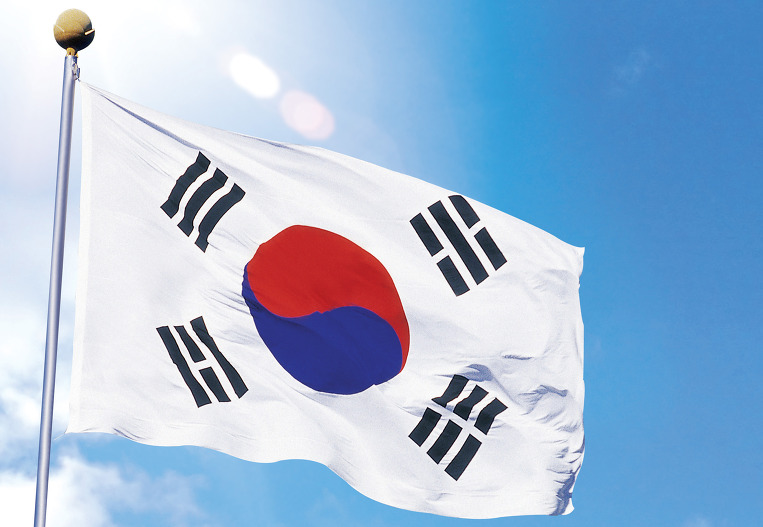In Genesis from the Old Testament of the Bible, it is said that God created the world in six days and rested on the seventh. But the system of a seven-day week can be found in many other cultures and religions. The origin of the seven-day week system is ancient Babylonia. The Babylonians believed that every seventh day was one of misfortune, with 7 having the significance that it is the largest single-digit prime number and the number of heavenly bodies known at the time (sun, moon, five planets). This was passed on to the Jewish people who made the seventh day the Sabbath. This was then adopted by Catholics in Rome and in 325AD, it was officially decided at the Concilium Nicaenum (official council that was held to vote for the official religion of Rome) that every week would be seven days long.
There is also a reason for assigning a heavenly body to each day (Monday = Moon, Tuesday = Mars, Wednesday = Mercury, Thursday = Jupiter, Friday = Venus, Saturday = Saturn, Sunday = Sun). At first, the order of the days was the same as the order of heavenly bodies by their distance from the Earth: “Saturn, Jupiter, Mars, Sun, Venus, Mercury, Moon”. This was then cross-referenced with the astrological 24-hour system of planetary hours, resulting in a new order of “Saturn, Sun, Moon, Mars, Mercury, Jupiter, Venus”. Because of this, the week started on Saturday in ancient times. It was only during Roman times when the week was changed to start on the Sunday, with Sunday becoming an official day of rest.
The Romans named the days after the heavenly body assigned to that day. For example, “Sunday” obviously comes from “Sun”, with the same applying to Monday and Saturday. This system is used in Korea and China, where each day is labelled according to the assigned planet. For example, Thursday is 목요일(mok yo il) in Korean, where 목 means wood, with 목성(mok sung) meaning Jupiter.
In English, the names of each day are mixed. Some are based on planets like the Korean system (Saturday, Sunday, Monday), while others inherit their name from the Germanic people. The Germanic people assigned one of their gods (from Norse mythology) to each day (except Sunday and Monday, which are related to the Sun and the Moon, while Saturday had a completely different name). Tuesday stands for “Tyr’s day”, Wednesday stands for “Wodan’s(or Odin’s) day”, Thursday stands for “Thor’s day” and Friday stands for “Frigg’s day”.
Interestingly, the Norse god assigned to each day correlates with the Greek/Roman god assigned to it. For example, Thursday is “Thor’s day” and also “the day of Jupiter”. Jupiter is the Roman king of gods (same as Zeus from Greek mythology) who uses lightning, while Thor is the Norse god of thunder.
Not every country calls each day a meaningful name. In China, Monday is simply 星期一(xing qi yi), or “first star period”, with each day after that being one number higher (Sunday is specially called 星期日(xing qi ri), where the number is replaced by the character for “Sun”). Although China used the same system as Korea and Japan based on 음양오행설(eum yang oh hang sul, system of Five Elements and Yin Yang), the days were renamed with the simplification of the language.







